Is It Truly ‘Aus’ with Auslese?
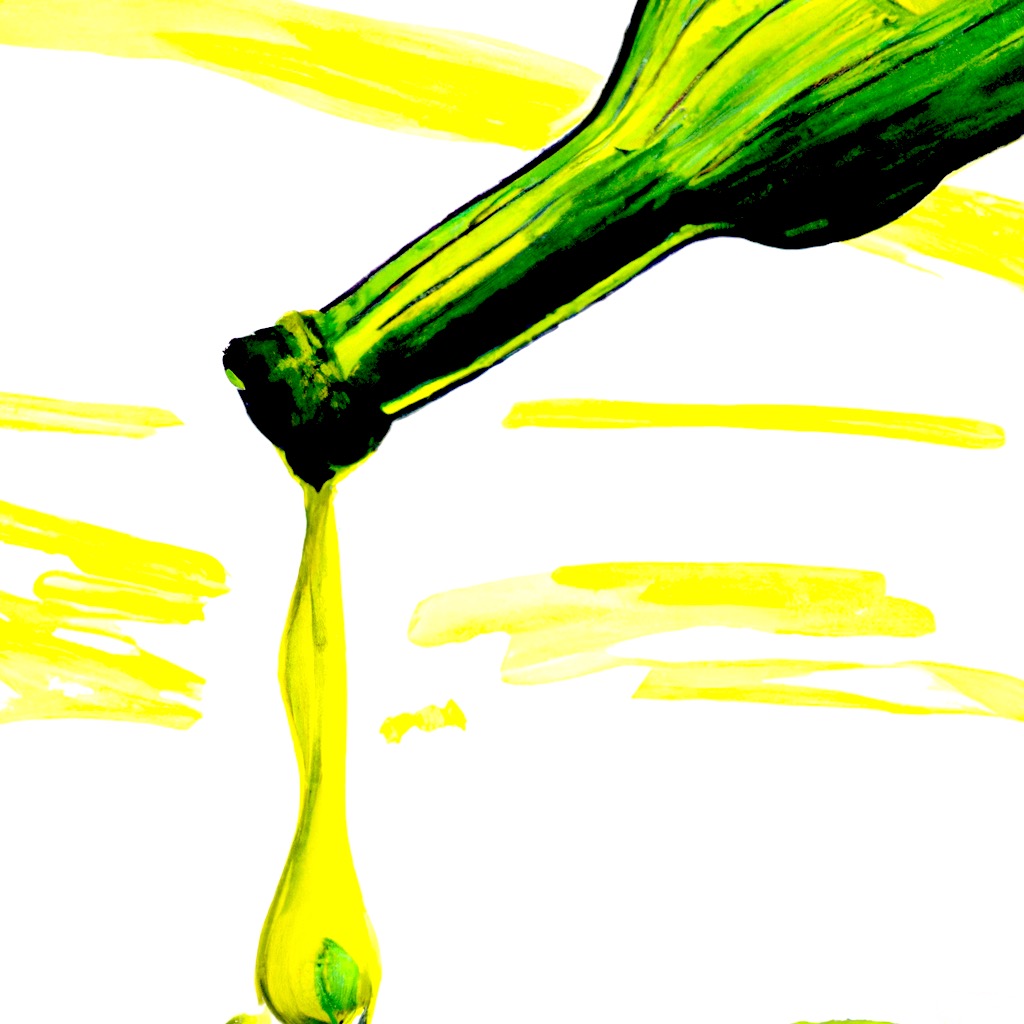
With production levels dwindling, many German wine circles are asking the uncomfortable question “Is Auslese finished?” David Schildknecht answers.

With production levels dwindling, many German wine circles are asking the uncomfortable question “Is Auslese finished?” David Schildknecht answers.
Writer
David Schildknecht trained in philosophy and worked as a restaurateur before spending a quarter century in the U.S. wine trade. His tasting reports, ones from Austria and Germany prominent among them, have since the late 1980s been fixtures of Stephen Tanzer's International Wine Cellar; Robert Parker's Wine Advocate; and, since 2015, Vinous. A columnist and feature contributor for Wine & Spirits, The World of Fine Wine, and Austria’s Vinaria, he is responsible for the German and Austrian entries in the The Oxford Companion to Wine and a co-author of the 7th edition of Robert Parker's Wine Buyer's Guide. David has also addressed issues of aesthetics in contexts academic and otherwise, and his life in wine leaves time to pursue his passions for cooking, music, history, and his infinitely tolerant wife of five decades.
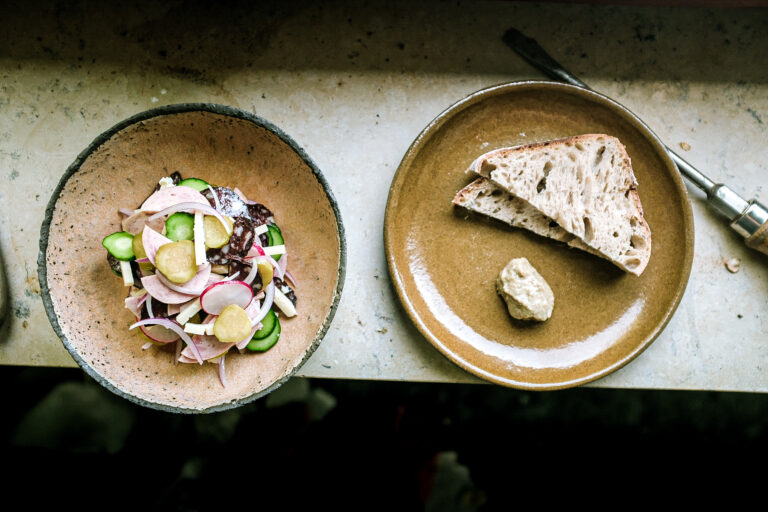
I felt lonely on the Internet the day I started researching the origins of Wurstsalat. I looked in far-flung corners of the web for sausage scholars who might have dedicated time to writing about the rules and methods of this intriguing dish. When I hit a wall, I did what any well-trained millennial would do and typed #wurstsalat into Instagram’s search bar. The things I saw there were either appetite-inducing or frightening, sometimes both at once. Lying in the cascade of pictures amidst German cowboys, balsamic glaze swirls, wedding celebrations, crinkle-cut fries, and loads of curly parsley was a possible answer: Wurstsalat is…...
Much has been made of an increase in German wine exports last year. Dr. Karl Storchmann reports that the data are open to interpretation.
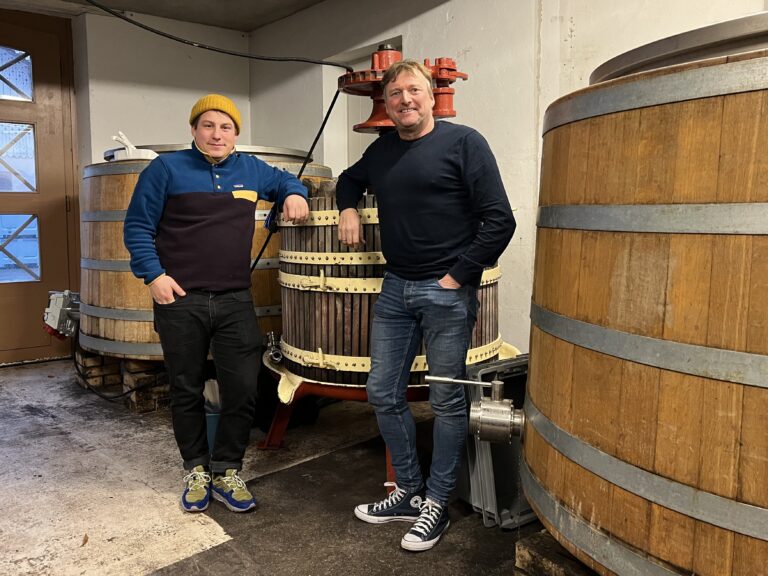
A Swiss winery benefits from the touch of the master of Markgräflerland.
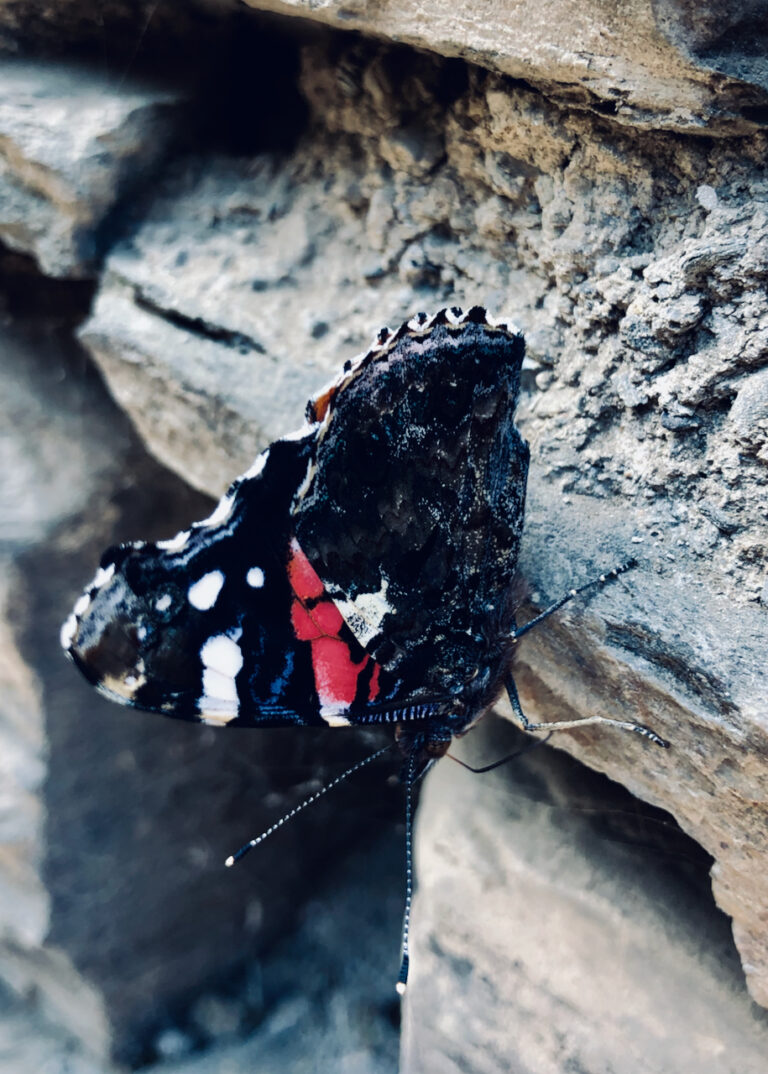
Don’t let anyone tell you those rocks are a waste of time. Twenty-five years from now, sitting in a Koblenz classroom on your first day of wine school, you will be grateful for each and every one of them. Because there in the heart of German wine country, those stones and their secrets — though you don’t know it yet — will be the foundation keeping you steady among your more experienced classmates, those vintners’ sons and daughters who boast seven, ten, 15 generations in the business, and counting. All while you are still trying to locate the Mosel on…...
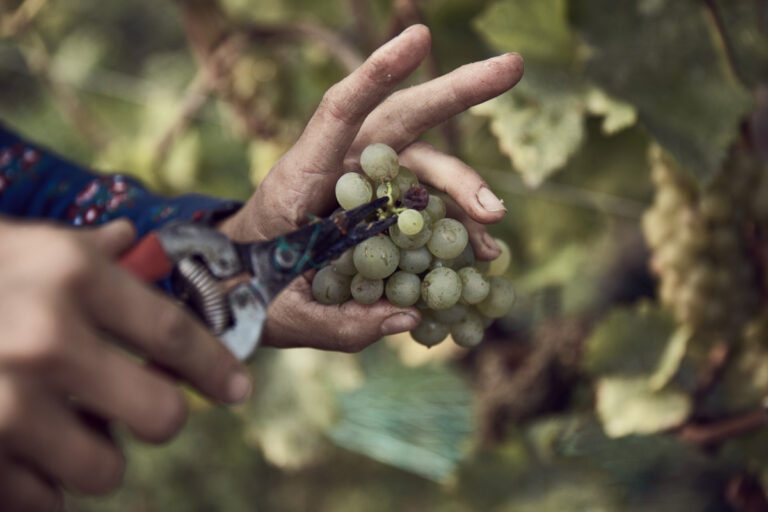
Silvaner. It’s complicated. Ask about its nature or character, and like as not you’ll get one answer: asparagus. With delicate vegetal aromas and moderate acidity, Silvaner is indeed a near perfect pairing for the fabled stalk that emerges from the earth to fill German grocery stores and market stalls annually between April and June. Yet, stop for a minute and imagine: what if there were more? Silvaner is viewed as a national counterpoint to Burgundian Chardonnay or Saumur Chenin Blanc. For many years Silvaner was Germany’s most important grape variety, less inclined toward fruity fun and more toward structure, texture, spice, and earth. De facto it…...
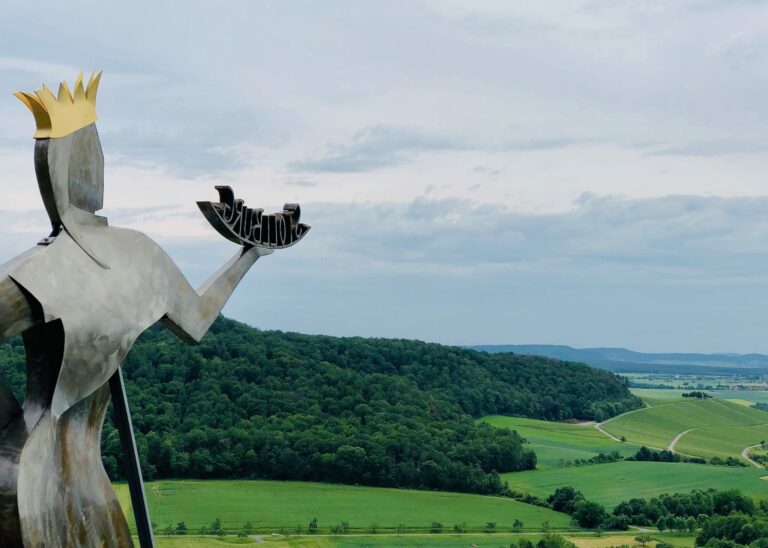
We’ll come right out and say it: Franken (Franconia) is Germany’s most underrated region. If you still think of it as the source of wan wines poured from squat flagons and drunk mostly at home, we’re here to let you in on a secret: there has never been a more exciting time for this corner of northern Bavaria, where wine, not beer, rules the day. The region sits just below the 50th parallel and at the cool, eastern edge of Germany’s wine core. It’s a perilous position for viticulture. As decades of frost-crimped and extreme-heat-affected vintages attest, its starkly continental…...
Enjoy unlimited access to TRINK! | Subscribe Today